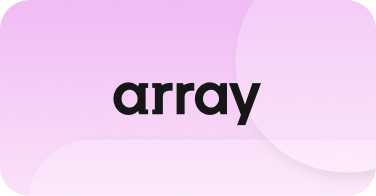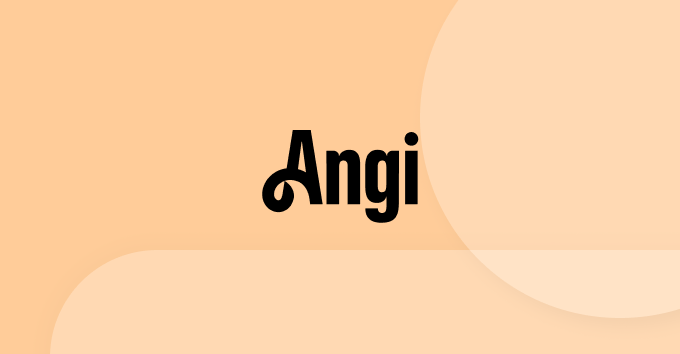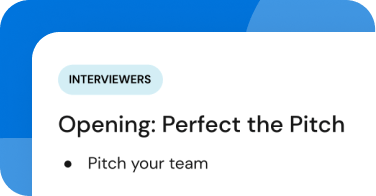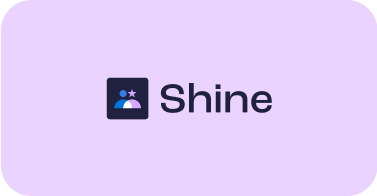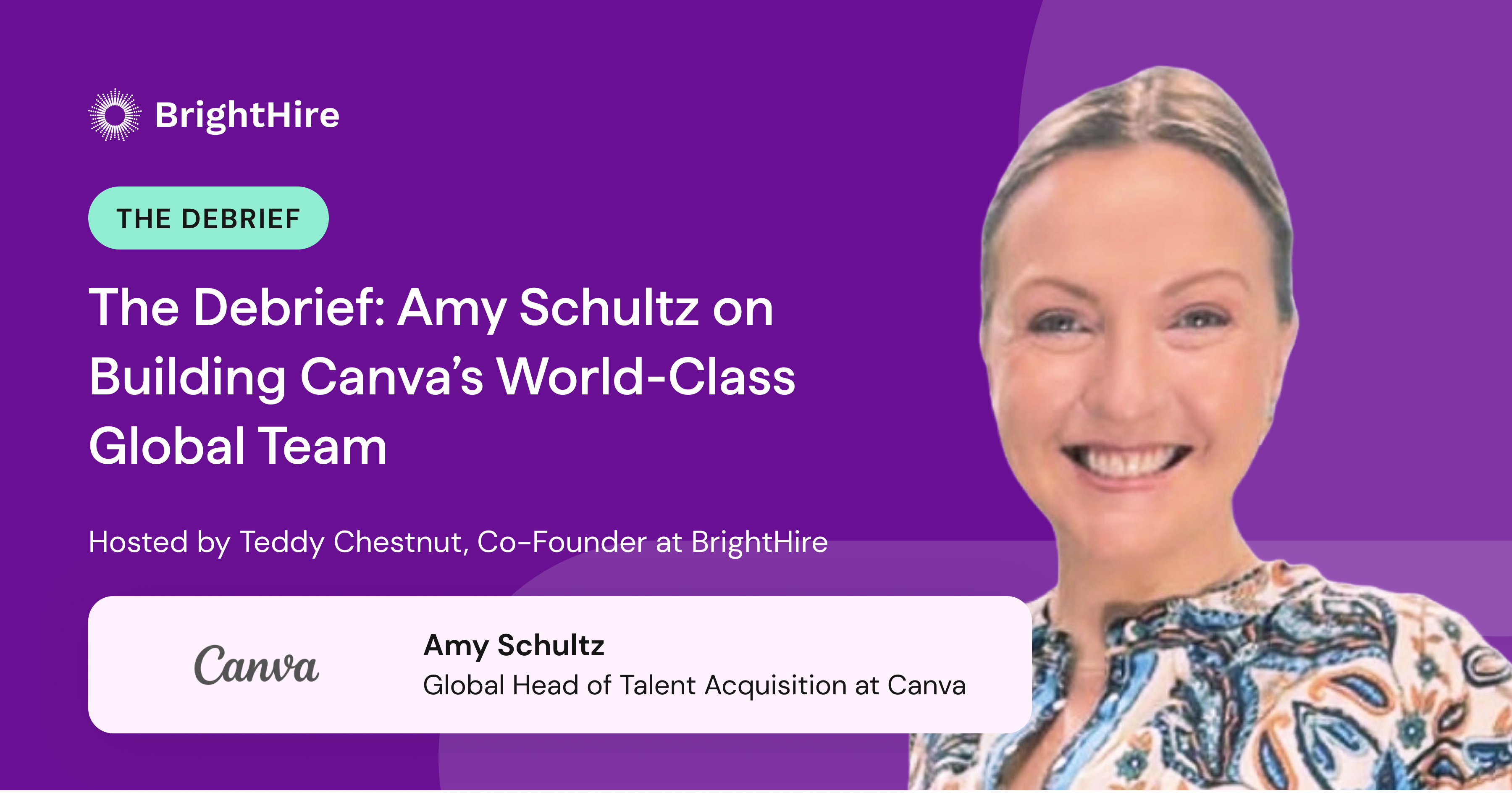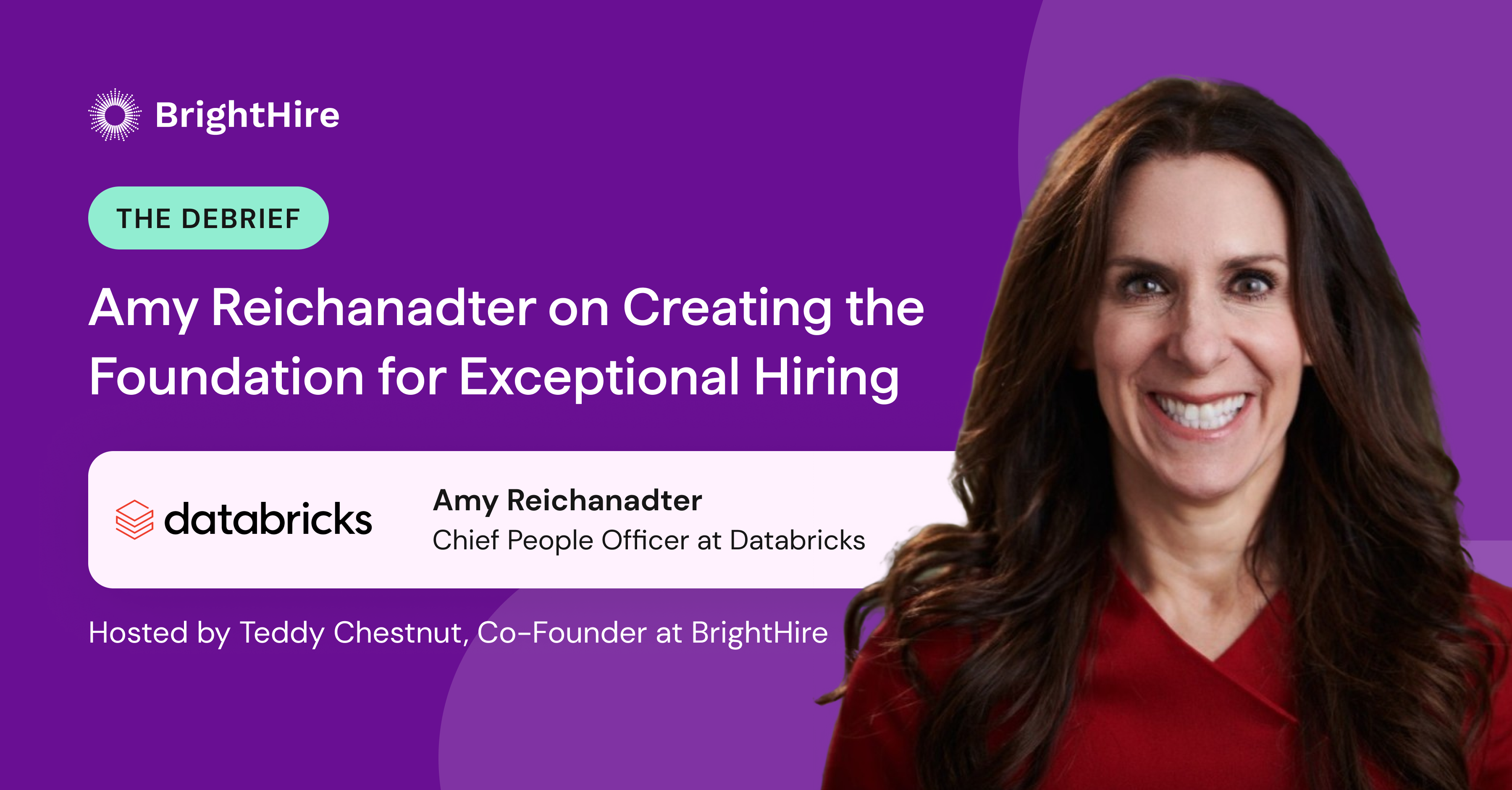If you ask any talent leader which roles they are struggling most to fill, their answer likely includes technical roles like the always-in-demand “full-stack software developer.”
To attract and hire for these positions, an increasing number of companies are restructuring their traditional interview processes to better align with their specific needs and evolving team. But effective restructuring requires that hiring teams have a clear understanding of each position and how to build a focused interview plan that attracts the best candidate for the role.
With this foundational knowledge, a commitment to interview best-practices, and a predetermined interview plan consisting of specific, strategic engineering interview questions, hiring managers are better equipped to vet qualified, technical professionals and fill open developer roles.
Two things to do before interviews start
Before even starting your search for the right candidate to fill an open software developer role, it’s important to spend the necessary time to create a detailed job description that accurately communicates the role. Not long ago, it wasn’t uncommon to see software developers stay with the same company for ten or more years. Today, though, Better Programming reports that the average developer remains just one to three years unless they’re in a shareholder position. In fact, tenure at cutting-edge tech companies including Google, Facebook, and Apple is less than 2.2 years, far less than other roles within those same corporations.
Each open job listing is estimated to cost the hiring company $500 per day, and that number could be even higher for important technical roles. an effective interview process that’s built upon a thorough job description increases the likelihood of quickly finding an ideal candidate and saving time and resources.
1. The importance of accurate job descriptions
According to TechCrunch, one significant contribution to the high turnover rate is unmet expectations—specifically, a lack of creative freedom and intellectual stimulation. If the work is too hard, morale dips. If it’s too simple, your engineers will get bored. Either way, you’re bound to find yourself posting the same open roles and attracting the same short-term employees.
Many software developer roles require both technical complexity and high creativity. A balanced job posting includes both aspects of your ideal candidate, and also clearly highlights both required skills and job responsibilities. Consider adding some variation of the following suggestions to motivate and entice potential developers to apply:
Details about company culture
Communicating a strong employer brand and culture is invaluable to attracting high-quality developers: 75% of candidates research a company’s reputation and culture before applying for an open role. Adding culture benefits (like designated time and resources for personal projects, flexible PTO, work-from-home options, and strong team accountability) communicates to candidates whether or not they align with cultural expectations. If not, they likely won’t apply, saving you the time of weeding out their candidacy later in the process.
Salary details
According to Fast Company, 41% of candidates negotiate salary offers, and G2 reports that job postings that list the expected salary (or a salary range) get 75% more clicks on average than those without. While listing a salary may seem like it could deter candidates not aligned with the offer, it saves you time and money during the interview process since applicants will already be on the same page and not expecting compensation that’s far beyond your budget.
Wellness/employee benefits
Employee perks like a gym/fitness stipend, grocery delivery service, and coaching or mentorship opportunities show candidates that you care about them as people too, making them more likely to apply.
2. Meet developers where they are
Finding software developers is easier with some niche creativity. Technical experts appreciate technical expertise and are more likely to respond to a thoughtful, specialized posting than just another online ad. If you aren’t currently utilizing these creative forums to advertise your open software developer positions, you could be missing out on ideal candidates.
Coding communities
Stack Overflow, Toptal, and Reddit are a few examples of popular communities where coders, developers, and engineers connect. Advertising your opening in these D2D communities gives you instant credibility and helps to build brand awareness by letting you connect directly with talent.
Personal/professional networks and social media
Forty-eight percent of businesses find top-performing hires from referrals. Capitalize on connections within your existing network (employees, too!) to maximize reach. Use LinkedIn in particular to get some quick visibility for an opening—this can be especially effective if you encourage other developers within your network to help share.
Virtual job fairs/boards
Open web recruiting tools, like virtual job fairs and job boards, take information from multiple sites to add in-depth details on the tech professionals who use them. Dice.com and GitHub are two popular examples of these tools. By meeting your software developers where they already spend time, you communicate an understanding of their needs and desires that other companies might not.
Interview best practices
Creating and effectively advertising a job posting to attract your ideal candidate is a great start, but only the beginning. Conducting a series of successful interviews helps both you and the candidate continue down the hiring path with confidence. It’s important to understand and implement these interview safeguards throughout the software development interview process to promote an ideal candidate experience.
Prioritize equality in interviewing
Equal opportunity hiring (protected by EEOC discrimination policies) is legally mandated across all industries. Unconscious bias, however, like racism, ageism, or sexism, can sneak into the hiring process. If gone unchecked, these attitudes can affect larger company culture and norms. Giving all software developer candidates an equal employment opportunity requires intentionality. However, the benefits offered by increased diversity, like new perspectives, alternate work styles, and much more, are well worth it. A few ways to prioritize removing bias from interviews includes:
Blind resume reviews
Systematic processes and new hiring technologies can help all relevant candidates get through biased roadblocks by removing common unconscious bias triggers like age, gender, and even names. These workflows empower you to assess a candidate’s resume based on qualifications alone. Workable indicates that blind hiring practices result in up to 46% more diverse hiring than standard hiring. This is a significant draw for companies seeking to increase diversity in hiring, like in software engineering, where over 50% of employed professionals are white males.
Use the same hiring structure for every interview
It’s important that everyone involved in hiring for a position use the same interview questions, stages, and interviewers for each candidate to further encourage equal opportunity and reduce bias. Additionally, solutions like an interview intelligence platform make it possible to revisit interviews after the fact and use recorded evidence to check first impressions, gain a new perspective, and reduce potential blind spots.
The importance of candidate experience
Just as focusing on equal hiring opportunities helps ensure that all engineering candidates start on an even playing field, the circumstances around the interview process also play a crucial role in bringing out their best qualities. Last-minute rescheduling, a late interviewer, a missed Zoom call, a haphazard interview process, and other issues can all lead to uncomfortable candidates who are less likely to communicate at their best.
Creating an environment conducive to candidate success isn’t just about logistics. It’s important to also establish that the interview is a safe space for questions and human error so the candidate can feel comfortable opening up and being honest. Some practical ways to create an environment that’s conducive to positive candidate experience include:
Good time management
Top candidates search for a new role for an average of just ten weeks. Talent teams have a very small window of time to hire a candidate, and should prioritize moving quickly at every step of the process. Time management includes efficient interviewing, both for the candidate and you as the interviewer. One party is late, chooses not to use the entire allotted time, or fails to leave time for questions or follow-up—these scenarios can all affect the quality of the candidate experience.
Effective communication
This includes timeliness, but goes beyond how quickly you respond to a candidate’s application or follow up after the interview. A caring candidate experience offers valuable touchpoints at every step of the process for both successful and unsuccessful candidates.
Requesting (and implementing) candidate feedback
Candidate experience surveys help cultivate a positive hiring experience by directly asking candidates about their hiring journey and what could have improved it. After getting feedback, weak points in your hiring process will emerge that can be resolved in the future.
Keep the interview process simple
In addition to writing accurate, enticing job descriptions and promoting them effectively, the structure of your interviews also matters. 63% of candidates report turning down a job offer due to poor candidate experience. In the software development field specifically, two factors create a poor candidate experience and should be avoided to keep qualified candidates eager to continue the interview process.
Requesting free trial work
To test a candidate’s coding knowledge, it’s not uncommon for companies to request trial programming work as part of the interview process. Unfortunately, this requires the candidate to work for free, which can seem disrespectful to their time and talent. Dr. Stuart Woolley, software expert, mathematician, and writer, also shares:
No software engineer operating in the real world would write a section of code without either some kind of syntax checking aid (such as an editor’s built-in code completion), without referring to some technical documentation or without just copying a pre-implemented solution where applicable. There’s no sense in reinventing the wheel.
Instead, consider a more straightforward test, like asking a candidate to identify errors within a particular line of code. This can be done quickly during the interview and tests the same critical thinking skills.
Taking too long to make an offer
Technical hiring is growing more quickly than all other positions, yet software developers’ time-to-hire takes most companies 50% longer than other roles. In addition, with 35.1% of job seekers applying to 11 to 20 roles, an unnecessarily complex or extensive interview will likely cause a motivated candidate to be snapped up by another company with a more efficient process.
Ready, set . . . now what?
An informed and thoughtful interview process equips your hiring team to better interview qualified, technical professionals and quickly fill open software developer roles. Beyond best-practices and effective interview questions, including modern hiring platforms and tools (like interview intelligence) helps contribute to an equal, effective, and candidate-focused hiring process. Good luck!
